Cariboo Higher Level Plan Requires More Clarity
VICTORIA – Vague and contradictory parts of the Cariboo-Chilcotin land use plan are causing conflict and threatening its effectiveness, the Forest Practices Board says in a new report.
The report concludes the investigation of a complaint filed collectively by the Cariboo Chilcotin Conservation Society, the Sustainable Committees Sector, the Quesnel River Watershed Alliance, the Horsefly District Tourism and Ratepayers Association, and the Quesnel Environmental Society. Complainants were concerned that the CCLUP is not being properly implemented and that forest development plans throughout the Cariboo forest region are not consistent with the management objectives of the CCLUP.
The CCLUP is policy intended to guide resource management. Only the parts of the CCLUP that have been declared by government to be a higher level plan are legally enforceable. However, according to the report, the cabinet order that created the higher level plan failed to identify precisely which parts of the CCLUP form the higher level plan.
Furthermore, the board found that some of the higher level plan’s goals are vague or contradict each other. The plan does not specify where or how some goals, such as those for caribou winter ranges or backcountry recreation, are to be applied on the ground. This has created differing expectations and has resulted in conflict among government, industry and the public about the intent of the CCLUP and the legal commitments created through the higher level plan.
“The lack of clarity in parts of the higher level plan means government officials have been left to make decisions based on their own interpretations of key provisions of the plan,” said board chair Bill Cafferata. “The board feels this is inappropriate.”
Under the code, forest development plans must be consistent with the higher level plan. The board assessed 14 forest development plans for consistency with the higher level plan’s goals for timber, biodiversity, caribou, mule deer, other wildlife, watershed integrity, visual quality and road access.
The board found all 14 forest development plans were consistent with the higher level plan’s requirements for mule deer winter ranges, lake management, road access for botanical forest products, no-harvest areas, and visual quality in viewsheds surrounding tourism operations. However, the board also found government and forest company officials are applying policy direction that contradicts the higher level plan’s goals for biodiversity and for caribou.
The board is concerned that forest practices approved in current forest development plans may become inconsistent with the higher level plan in the future.
Government officials and forest companies are using interpretations that allow forest development plans to increase permanent road access, disturb backcountry areas and disturb viewsheds around key lakes and tourism operations.
The board is also concerned that there is no way for the public to assess if forest development plans are implementing the targets and objectives of the higher level plan.
The board recommends that the ministers identify the specific elements of the CCLUP that constitute the higher level plan and endorse, through an order-in-council, all amendments to the higher level plan that have important social, economic or environmental impacts.
The board also recommends government take action to ensure its policy directions for implementation do not contradict the higher level plan.
Other recommendations to government include:
Defining locations where higher level plan goals (such as backcountry and no-harvest areas) are to be applied.
Developing an effective way to allow the public to assess and comment on proposed forestry developments relative to the higher level plan. Regularly monitoring whether, over time, forest development plans are achieving all of the higher level plan’s goals.
Having a third party periodically assess the achievement of the higher level plan and report the results publicly.
The report emphasizes that all parties involved in the investigation want the CCLUP to succeed. “No one wants to return to a pre-CCLUP era,” said Cafferata. “This is the first formally approved land use plan in the province, so it’s not surprising there is room for improvement. There is now an opportunity to apply what has been learned here to other areas in B.C.”
The Forest Practices Board is an independent public watchdog, established in 1995, that publishes reports about compliance with the Forest Practices Code and the achievement of its intent.
The board’s main roles under the Forest Practices Code are:
Investigating public complaints.
Auditing government enforcement of the code.
Auditing forest practices of government and licence holders on public lands.
Undertaking special investigations of code-related forestry issues.
Participating in administrative reviews and appeals.
Providing reports on board activities, findings and recommendations.
Forest Practices Board
Phone: (250) 387-7964
1-800-994-5899
